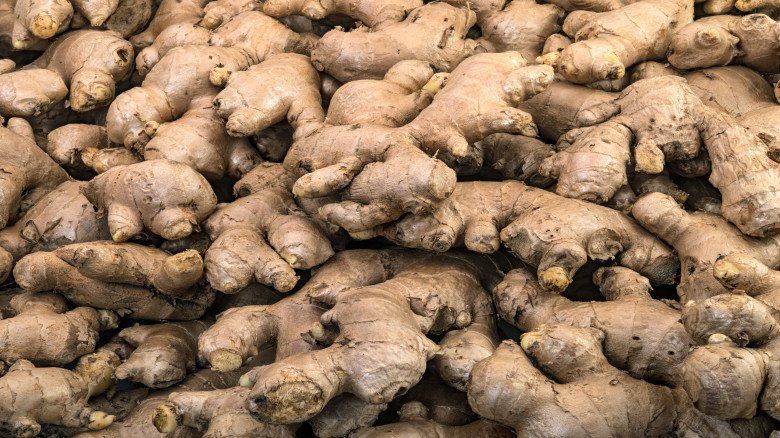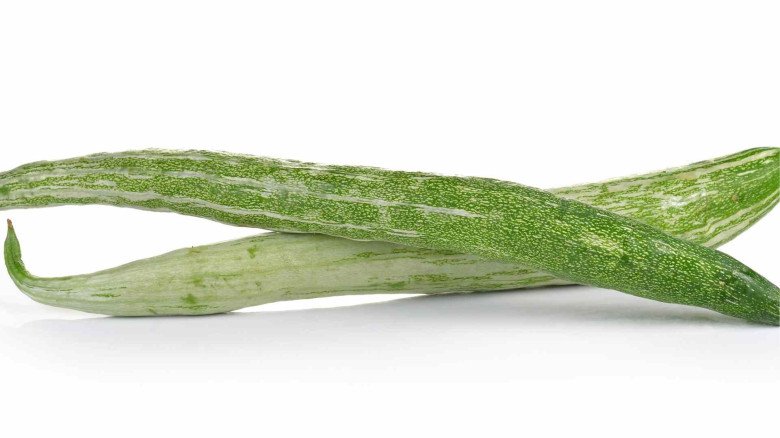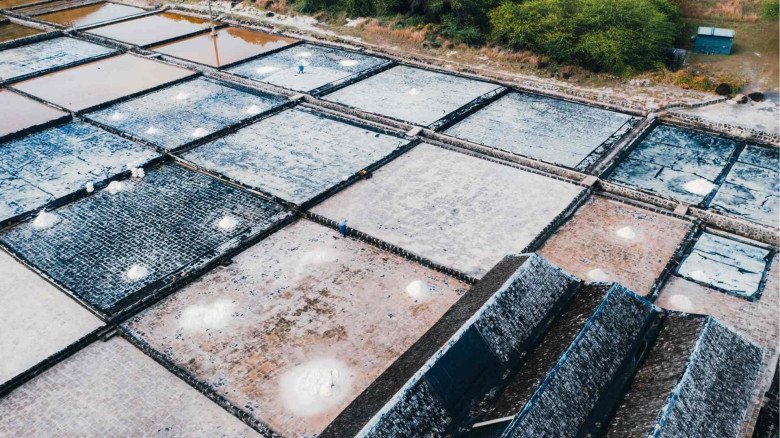Wheat Cultivation in India | Techniques, Challenges, and Opportunities
India's principal grain crop is wheat. In the nation, there are around 29.8 million hectares of cropland. From 75.81 million MT in 2006–07 to an all-time record high of 94.88 million MT in 2011–12, the nation's wheat output has expanded dramatically. From 2602 kg/hectare in 2004–05 to 3140 kg/hectare in 2011–12, wheat production has improved. The states of Uttar Pradesh, Punjab, and Haryana have seen the biggest increases in wheat production. MP reports increased coverage in recent years.
Indian wheat resembles hard white wheat in the United States in that it is mostly a soft to medium-hard, medium-protein white bread wheat. India's center and western regions generally produce hard wheat with a high gluten and protein content. Approximately 1.0–1.2 million tons of durum wheat are also produced in India, mostly in the state of Madhya Pradesh. Because to issues with segregation in the market yards, the majority of Indian durum is not offered individually. Nonetheless, the private sector pays a premium for some volumes, primarily for the processing of branded or higher-value goods.
India's Wheat Cultivation History?
When India gained its independence in 1947, the wheat crop's cultivation and output were relatively low. In 1950–51, wheat output was barely 6.46 million tons, and productivity was only 663 kg per hectare. These figures were insufficient to feed the people of India. Under PL-480, the nation used to import a lot of wheat to meet the requirements of its citizens from other nations, like the USA. The reasons for wheat's low productivity and production at the time were (a) its tall growth habit, which led to lodging when grown in fertile soils; (b) the varieties' poor tillering and low sink capacity; (c) their increased susceptibility to diseases; (d) their increased sensitivity to changes in temperature and light, among other factors, which resulted in poor adaptability; and (e) their longer crop duration, which exposed them to changes in climate and insect, pest, and disease attacks for a longer period of time.
A commission was established by the Indian government in 1961 to determine whether it would be possible to raise agricultural output given the current ecological circumstances in India. The wheat situation in our nation has entirely altered as a consequence of several actions made by the Indian government. After gaining independence, our nation used to import wheat to meet its requirements, but in the late 1960s, during the "Green Revolution," wheat output and productivity skyrocketed, making our nation self-sufficient in wheat production. The nation is now producing much more wheat than is needed, and godowns are overflowing with it.
Climate prerequisite
The wheat crop is quite versatile. It may be cultivated in temperate zones, frigid regions of the far north, and even in tropical and subtropical zones, above 60 degrees north latitude. When mild weather returns in the spring, wheat can withstand extreme cold and snowfall and thrive again.From sea level to as high as 3300 meters, it may be grown. Wheat grows best in regions that have chilly, damp weather for much of the growing season, followed by dry, warm weather that allows the grain to mature correctly. Although wheat seeds may germinate in a temperature range of 3.5 to 35 degrees Celsius, the best temperature range for optimum germination is 20 to 25 degrees Celsius. Rainfall soon after seeding inhibits germination and promotes blight on the seedlings. Wheat cannot be grown in areas with a warm, wet environment.
Drought and very high or low temperatures may damage wheat throughout the heading and blooming phases. Rust attack is more likely to occur in cloudy, damp, and cold conditions. When it comes to ripening, wheat plants need an ideal average temperature of 14–15 degrees Celsius. The temperature during grain filling and development is a critical factor in grain yield. Grain weight tends to decrease during this time at temperatures above 250°C. High temperatures cause plants to lose a lot of energy via transpiration, which lowers residual energy and causes worse grain production and lower yields.
Management of Fertilizer
There has also been a lot of development in the timing and application of fertilizer. It was shown that the highest production needed 120 kg of nitrogen, 60 kg of phosphorus, and 30 kg of potash per acre. Two split doses of N were to be applied: 60 kg as basal and the remaining 60 kg at first irrigation, with the basal dosage including all of the phosphorus and potash. The new wheat types have recently reacted up to 180 kg N/ha, with 150 kg N/ha being the optimal dosage. Zinc spraying at a rate of 25 kg/ha in rice-wheat systems was shown to significantly boost production in the Indo-Gangetic plains. Utilizing sulfur has recently been shown to be advantageous for raising wheat's production and grain protein content. It has also been recognized that there is a response to boron (the eastern and far eastern area) and Mn (pockets in the Indo-Gangetic plains).
Management of nutrients
A widespread lack of vital nutrients has also resulted from intensive agriculture. Widespread zinc deficiencies in Indian soils have been shown by research undertaken as part of the All India Coordinated Research Project on Micronutrient in Crops and Soils. Micronutrient deficiencies at the national level are as follows: Zn: 46%, B: 17%, Mo: 12%, Fe: 11%, and Cu: 5%. A large variety of soils have also been documented to have a sulfur deficit (38%).It has been possible to determine the yield response to sulfur in over 40 crops, including millets, pulses, oilseeds, and cereals. In order to get the prospective return, tactics might include
nutrient management tailored to the site for desired yields combining inorganic fertilization with agricultural wastes, biofertilizers, etc. FIRBS and other tillage methods to improve nutrient use efficiency Remote sensing for effective management of nutrients and straw quality in relation to the health of humans and animals.
-logo.webp.png)
.jpg)
-logo.webp.png)


































Leave A Comment